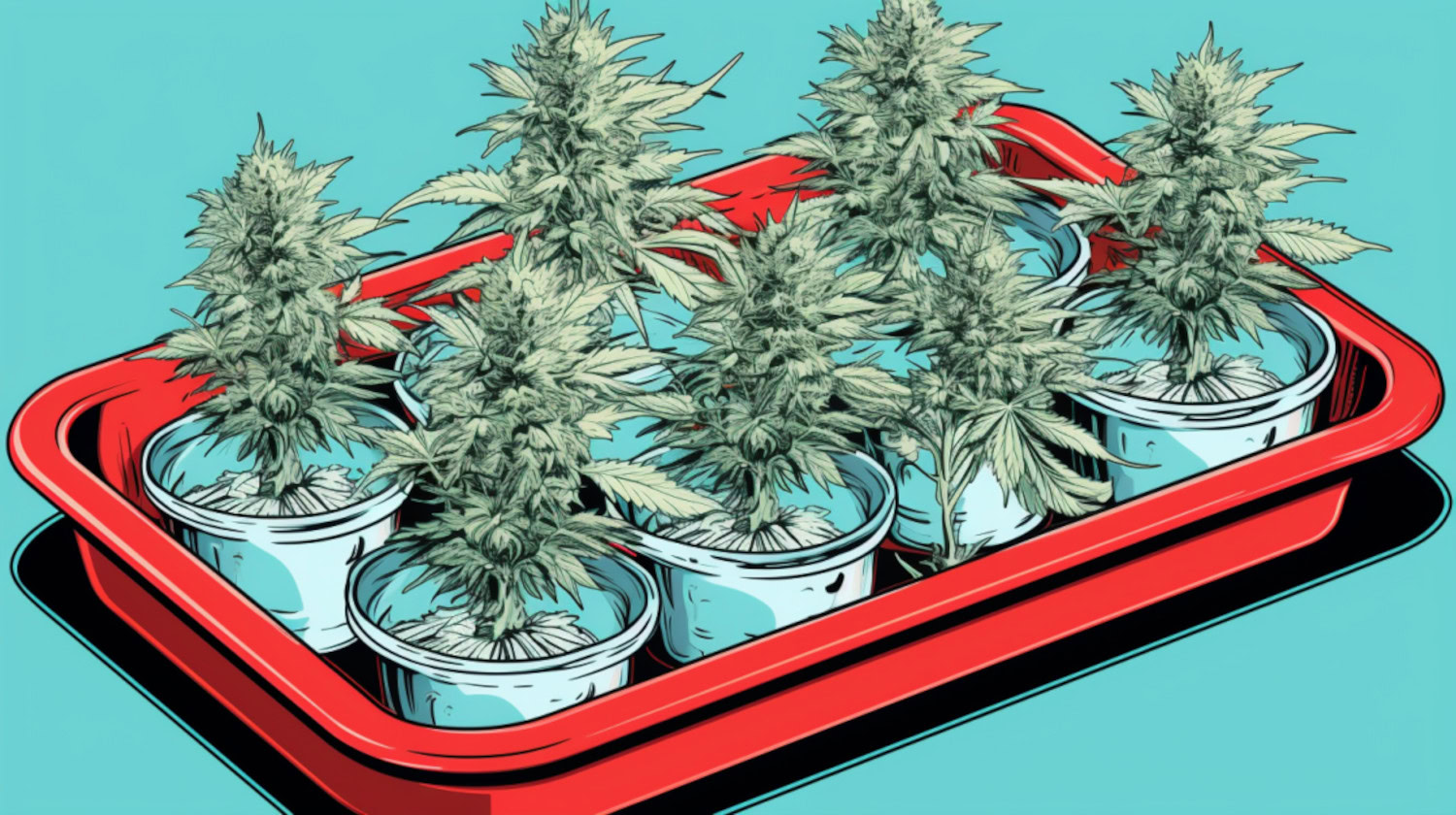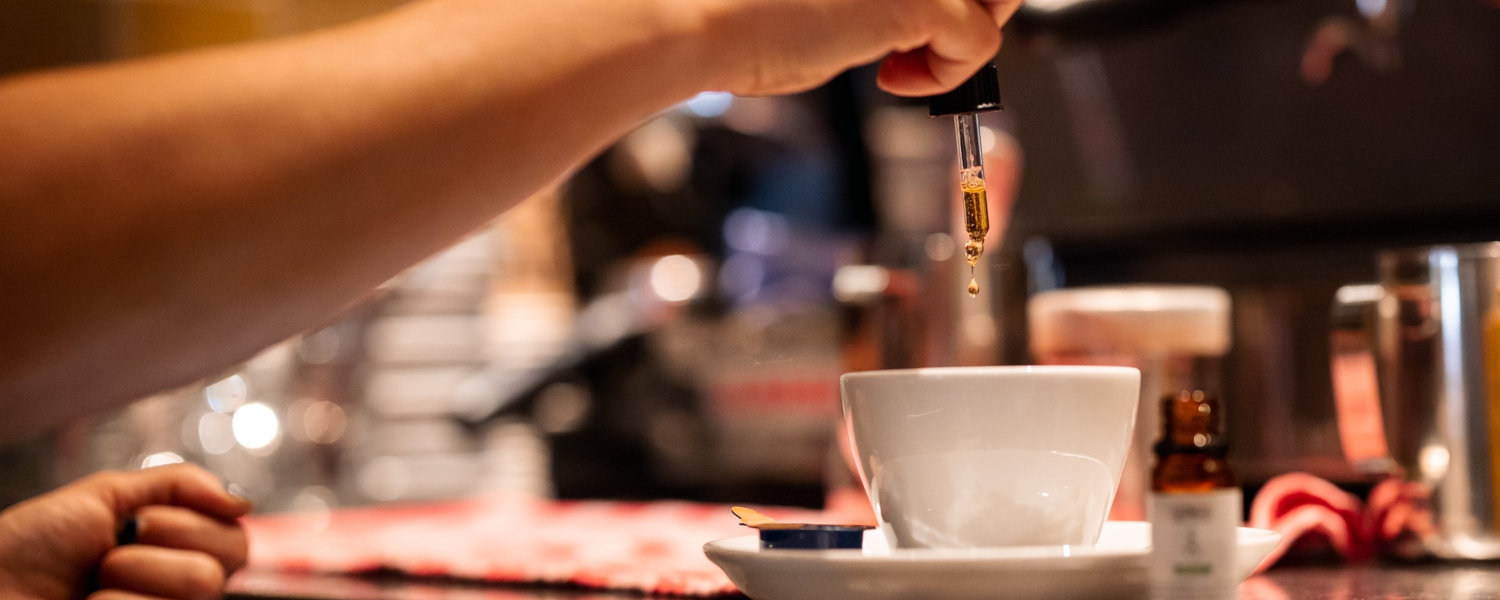Key Takeaways
- CBGA is a cannabinoid known as the “mother of all cannabinoids” because it’s essential in the production of all other cannabinoids.
- CBGA is not intoxicating and may have potential benefits, like anti-inflammatory, anti-cancer, and antiviral properties.
- Products containing CBGA are limited, but tinctures and vapes may be available.
The 2018 Farm Bill unintentionally opened the floodgates for alternative cannabinoids to hit the market legally. What was intended to legalize hemp and its CBD products also opened the door for natural and synthetic cannabinoid producers. However, many states have made efforts to roll those rights back since.
CBGA is one minor cannabinoid that hasn't received as much sales attention yet. Considered the "mother of all cannabinoids," this intriguing compound may help with several symptoms and needs.
What Is CBGA?

Cannabigerolic acid (CBGA) is a critical compound in the cannabis plant. It’s considered the primary precursor to several cannabinoids, earning it the nickname the "mother of all cannabinoids." CBGA is essential in producing other cannabinoids, including CBDA and THCA. These are precursors to CBD and THC, respectively, once heated or decarboxylated.1
While CBGA is often naturally produced, semi-synthetic measures like engineering yeast strains to produce various cannabinoids found in cannabis.2
CBGA was first discovered in the 1960s, along with broader research into the cannabis plant. This led to the discovery of THC and, eventually, CBD, as well as some minor cannabinoids. CBGA hasn’t received much attention; however, that began to change in the 1990s, when Japanese researchers concluded that CBGA is the acidic precursor to CBG, leading to similar conclusions about THCA during this period.3
Research suggests that CBGA does not interact with primary cannabinoid receptors in the body, known as CB1 and CB2 receptors. This lack of interaction differs from THC effects, which bind with the body's receptors. Instead, CBGA acts more like CBD, another cannabinoid that does not target receptors directly.1
CBGA may also activate other receptor channels like the PPAR, which plays a role in regulating metabolism, inflammation, and cell growth.1 Other research has indicated that CBGA may provide benefits for seizure and epilepsy patients as an anti-convulsant.4
While results have proven promising in many cases, additional research is required to verify the findings.
Effects and Benefits of CBGA

CBGA doesn’t deliver intoxicating effects like THC because of its lack of interaction with the CB1 receptors found in the brain. THC binds to these receptors, which creates its intoxicating, often mind-altering effects. Instead, CBGA is often associated with potential health benefits rather than a high.
CBGA has several reported potential benefits and effects.
Anti-inflammatory and Anti-fibrotic Properties
CBGA has demonstrated protective properties against kidney damage in certain studies. There’s a particularly beneficial effect on conditions like nephropathy and fibrosis formation in individuals with chronic kidney disease.5
Kidney Disease
Select lab analysis found that CBGA suppresses mRNA in kidney models. As a result, the cannabinoid may help moderate fibrosis and inflammation. This effect suggests that CBGA may play a role in treating various acute and chronic kidney diseases.5
Antiviral Properties
Along with CBDA, CBGA shows potential for preventing viral infections, including COVID-19. Research on the topic is still ongoing.6
Cancer Research
CBGA has produced cytotoxic activity in select colorectal cancer studies. This activity suggests that CBGA may help lead to the death of cancer cells, serving as a possible cancer treatment.7
Risks of CBGA
At this time, research hasn't raised any red flags regarding potential adverse effects. While positive, consumers should know that clinical analysis is ongoing and that findings could change.
The most glaring risk of CBGA isn't so much the effect as the unknowns surrounding its clinical findings. Based on anecdotal feedback, there isn't much negative to report, but there also aren’t many self-reports specifically focused on CBGA.
In short, beyond the surface levels, CBGA is still in its infancy for research, and we look forward to finding new information as its research continues.
CBGA vs. Other Popular Cannabinoids

We're still figuring out how CBGA interacts with the body and what effects it delivers. While we're learning as each new study comes in, we do have an understanding of how this essential cannabinoid works and how it compares to popular cannabinoids.
CBGA vs. Delta-9 THC
Unlike THC, CBGA does not produce intoxicating effects, which means you won't feel high when you consume it.1,8
CBGA vs. CBN
In addition to producing slightly intoxicating effects, CBN is most often associated with pain-relieving results. This compares to CBGA, a nonintoxicating cannabinoid with potential anti-inflammation and other health benefits.1
CBGA vs. CBG
CBGA is the acid precursor to CBG. This conversion is created through decarboxylation, which heats the plant and converts its cannabinoids. Unlike THC, which becomes intoxicating after decarboxylation, CBG remains non-intoxicating like its acid precursor.1
CBGA vs. THCA
Both of these non-intoxicating cannabinoids have been linked to various potential health benefits. THCA has been regarded for its potential nerve cell protection and anti-seizure effects.1
CBGA vs. CBD
CBGA and CBD are nonintoxicating and produce similar effects, particularly inflammation reduction and kidney damage protection. With additional clinical research, we can better understand CBGA's potential benefits in the years ahead. But for now, these base-level findings are much of what is publicly available.1
CBGA Products
Unlike listing off the top THC, CBD, CBN, and other cannabinoid-based products, CBGA is a limited market.
Most options are isolate-based products such as tinctures, edibles, and pills/supplements. You may find CBGA vape cartridges, but since the cannabinoid converts after heating, the compounds will convert to CBG before inhalation.
If you are interested in buying CBGA products, verify their contents by reading consumer reviews and reviewing their certificate of analysis. The COA can be found on a QR code on the packaging or by visiting the producer's website. If you can't complete both steps, consider shopping for another option.
References
- Walsh KB, McKinney AE, Holmes AE. Minor Cannabinoids: Biosynthesis, Molecular Pharmacology and Potential Therapeutic Uses. Frontiers in Pharmacology. 2021;12. doi:https://doi.org/10.3389/fphar.2021.777804 ↩︎
- Luo X, Reiter MA, d’Espaux L, et al. Complete biosynthesis of cannabinoids and their unnatural analogues in yeast. Nature. 2019;567(7746):123-126. doi:https://doi.org/10.1038/s41586-019-0978-9 ↩︎
- Tahir MN, Shahbazi F, Rondeau-Gagné S, Trant JF. The biosynthesis of the cannabinoids. J Cannabis Res. 2021;3(1):7. Published 2021 Mar 15. doi:10.1186/s42238-021-00062-4 ↩︎
- Anderson LL, Udoh M, Everett-Morgan D, et al. Olivetolic acid, a cannabinoid precursor in Cannabis sativa, but not CBGA methyl ester exhibits a modest anticonvulsant effect in a mouse model of Dravet syndrome. Journal of cannabis research. 2022;4(1). doi:https://doi.org/10.1186/s42238-021-00113-w ↩︎
- Suzuki S, Fleig A, Penner R. CBGA ameliorates inflammation and fibrosis in nephropathy. Scientific reports (Nature Publishing Group). 2023;13(1). doi:https://doi.org/10.1038/s41598-023-33507-2 ↩︎
- van Breeman R, Muchiri RN, Bates TA, et al. Cannabinoids Block Cellular Entry of SARS-CoV-2 and the Emerging Variants. Journal of natural products (Print). 2022;85(1):176-184. doi:https://doi.org/10.1021/acs.jnatprod.1c00946 ↩︎
- Nallathambi R, Mazuz M, Namdar D, et al. Identification of Synergistic Interaction Between Cannabis-Derived Compounds for Cytotoxic Activity in Colorectal Cancer Cell Lines and Colon Polyps That Induces Apoptosis-Related Cell Death and Distinct Gene Expression. Cannabis Cannabinoid Res. 2018;3(1):120-135. Published 2018 Jun 1. doi:10.1089/can.2018.0010 ↩︎
- Martin-Santos R, Crippa JA, Batalla A, et al. Acute effects of a single, oral dose of d9-tetrahydrocannabinol (THC) and cannabidiol (CBD) administration in healthy volunteers. Current pharmaceutical design. 2012;18(32):4966-4979. doi:https://doi.org/10.2174/138161212802884780 ↩︎
The information in this article and any included images or charts are for educational purposes only. This information is neither a substitute for, nor does it replace, professional legal advice or medical advice, diagnosis, or treatment. If you have any concerns or questions about laws, regulations, or your health, you should always consult with an attorney, physician or other licensed professional.




